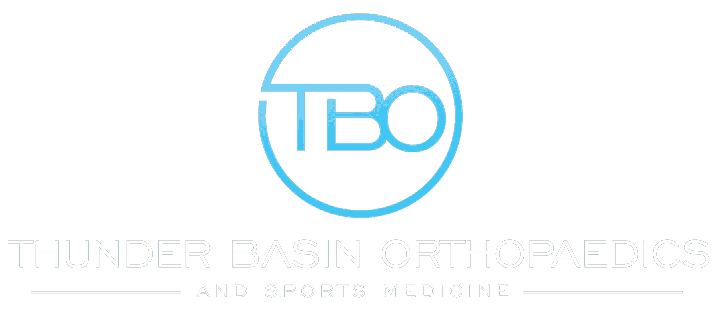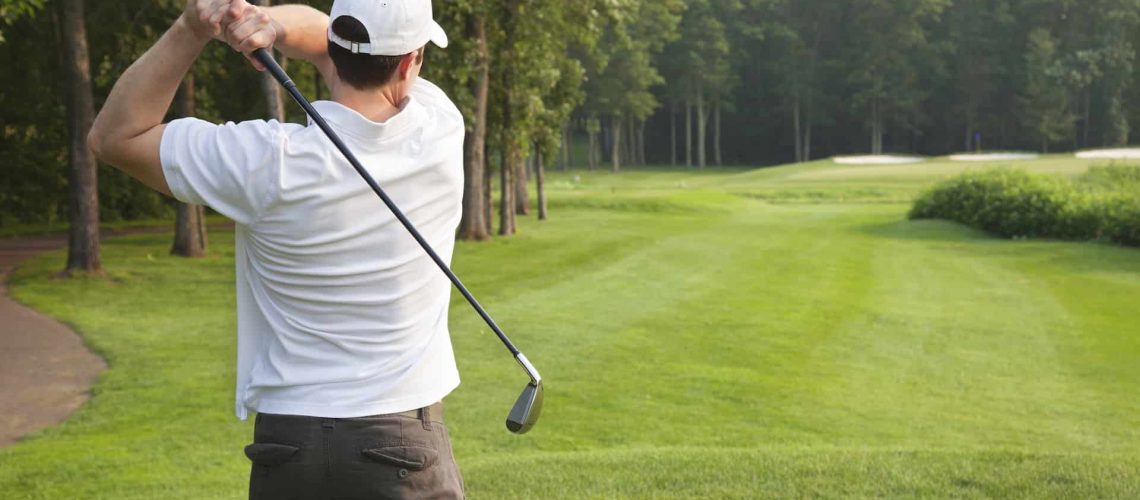If you’re feeling a sharp pain on the inside of your elbow, you could be suffering from golfer’s elbow. Also known as medial epicondylitis, this affliction occurs when you damage the tendons connecting your forearm to your elbow in some way. If left untreated, golfer’s elbow can turn even the most simple physical gestures into painful experiences—on and off the links.
Depending on your injury, you can treat golfer’s elbow in a few different ways. In any case, proper treatment is the only way to ensure you can get back to living your life pain-free.
Contents
What Is Golfer’s Elbow?
Much like tennis elbow, golfer’s elbow is the result of inflamed and irritated tendons. However, whereas tennis elbow affects the tendons outside the elbow, golfer’s elbow afflicts those connecting the joint to your forearm. As a result, the pain can spread from your elbow to your wrist in severe cases.
Golfer’s elbow occurs when you have overused the muscles in and connected to your forearm without giving them adequate rest. It’s colloquial namesake comes from the condition being common in golfers due to the repetitive motion of swinging a golf club. However, anyone who engages in repetitive motions can experience the injury.
Likewise, improperly lifting or throwing things can similarly strain the tendons and cause injury. Anyone is prone to this type of injury regardless of activity level if they use improper technique when engaging in physical activity that requires repeated movement of the elbow
What Are The Symptoms?
The main symptom of golfer’s elbow is pain on the inner elbow. The afflicted tendons may also be irritated by specific motions, such as engaging your wrist or gripping with your fingers. However, you should look out for other symptoms, including:
- Limited range of motion in the elbow
- Tenderness and swelling in your the, especially after engaging the muscles
- Stiffness and weakness in the elbow
- Difficulty lifting objects
In extreme cases, slight motions in your elbow, forearm, or wrist can cause sharp, radiating pain that can linger for several minutes. Something as simple as turning a doorknob can become an excruciating obstacle. It’s essential to pay attention to these symptoms, as they could be a sign that your condition is worsening.
You should see a doctor as soon as you can if you experience any of the following:
- A fever alongside worsening inflammation
- A hot, burning sensation in your elbow
- An inability to move your elbow or flex your forearm
How to Treat Golfer’s Elbow
If your symptoms are mild, there are several treatments you can try at home that may help. You can use such treatments without a doctor’s supervision. Still, you should see your physician get a proper diagnosis and rule out other, more severe conditions as the source of your discomfort. In most cases, this only requires a simple physical evaluation, though sometimes you may need an x-ray.
Home Remedies
Basic athletic therapies are effective in treating pain in joints, including elbow and wrist pain. The most basic treatment is to rest for a while, abstaining from excessive physical activity while your elbow heals. You may use a brace during this time to ensure stability and prevent accidental flexing and over-extending.
Icing your elbow is also recommended and can be done in conjunction with rest. Apply an ice pack to your elbow for thirty minutes at a time, three times a day, to reduce the inflammation. As you do this, you should feel mobility return and pain reduce over several days.
You can also use over-the-counter pain relievers, such as Tylenol or Advil. However, more often than not, these only offer temporary relief and are only treating the symptom rather than the cause. Instead, use them in tandem with other treatments for the best results.
Professional Treatment
Your doctor may recommend a course of physical therapy to help you recover. Often, injuries like golfer’s elbow occur because you don’t stretch your forearms often. Stretches can help to strengthen the tendons and reduce pain.
Surgery is rarely needed or recommended to treat golfer’s elbow. If your symptoms don’t improve after a year of other treatments, however, it may be necessary to assess other more in-depth treatment options.
Contact Thunder Basin Orthopaedics and Sports Medicine
If you are dealing with golfer’s elbow, Thunder Basin Orthopaedics can help you find the best treatment to alleviate your pain and get you back to optimal physical health.
Our staff are well-experienced and specialize in treating sports and other orthopaedic injuries. We offer minimally invasive surgery and targeted sports medicine treatments to help prevent injuries before they happen.
Contact us today to learn more about our orthopaedic services and let’s get you back in the game.


